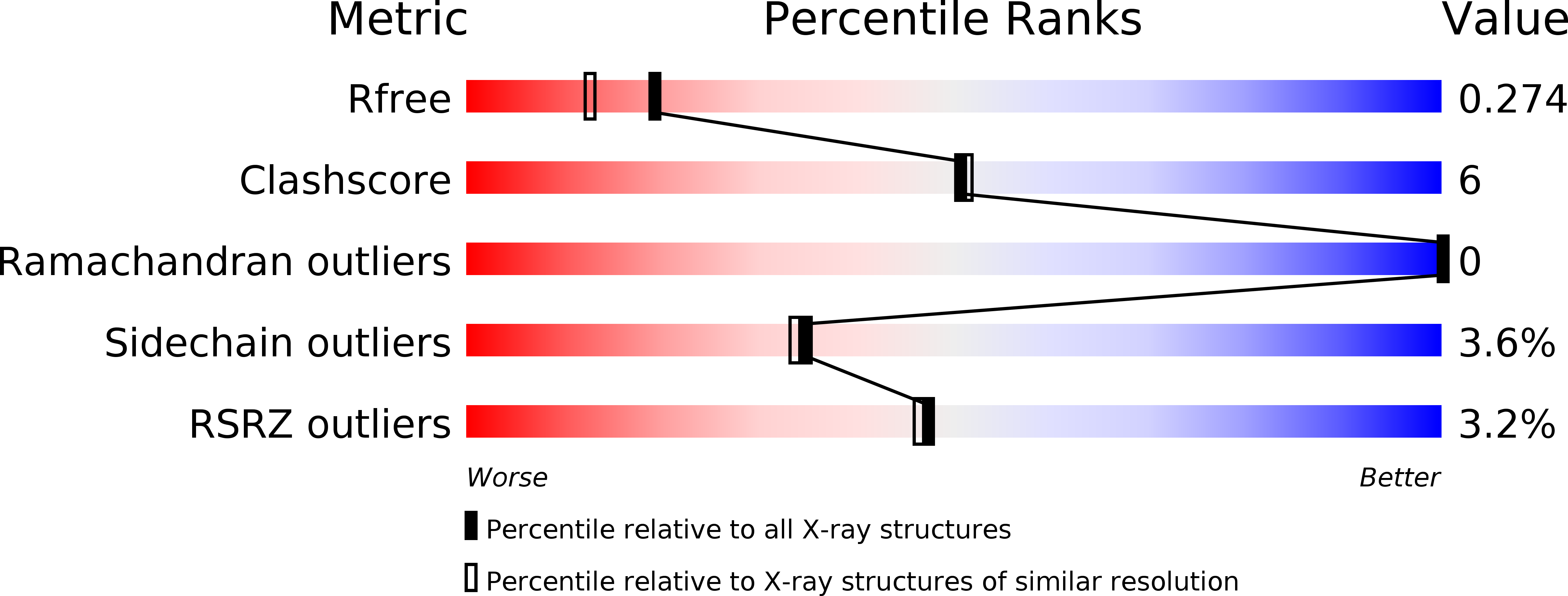
Deposition Date
2010-10-29
Release Date
2011-11-09
Last Version Date
2024-10-09
Entry Detail
PDB ID:
3AQE
Keywords:
Title:
Crystal structure of the extracellular domain of human RAMP2
Biological Source:
Source Organism:
Homo sapiens (Taxon ID: 9606)
Host Organism:
Method Details:
Experimental Method:
Resolution:
2.00 Å
R-Value Free:
0.27
R-Value Work:
0.23
R-Value Observed:
0.23
Space Group:
P 21 21 21


